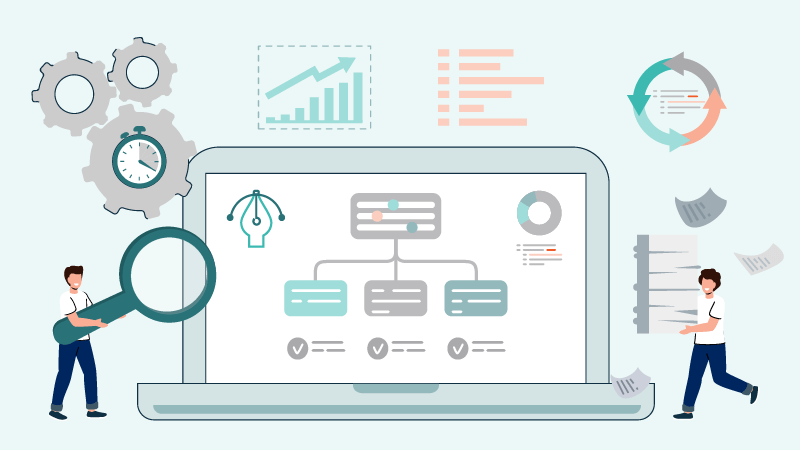
Business Drivers
Enterprise content management (ECM) systems manage unstructured content stored on paper documents, electronic records, faxes, email, etc. Enterprise resource planning (ERP) systems manage structured data across departments, including accounting, finance, purchasing, manufacturing, and customer service. How can we tie them together and why is this important?
Content from paper documents often support transactional data contained in ERP systems. In fact, some paper documents are integral to otherwise heavily transactional processes. For example:
- Invoices
- Remittances and correspondence
- Delivery notes
- Claim forms
The resulting integration between paper documents and transactional data generates a strong return on investment from gains in productivity, customer service and knowledge access. In fact, according to a recent AIIM white paper, Connecting ERP and ECM: Measuring the Benefits, the #1 business driver for survey respondents considering the benefits of linking ERP and ECM is productivity.
The #2 business driver: “customer service improvement from immediate access to all related content.” One can see how #2 can be achieved as a direct result from #1.
Workflow Automation Benefits
Many people know that workflow saves time and money by automating manual processes. Did you know that allowing company leadership to make timely decisions to ensure that timelines and deadlines are met is often cited as another top benefit of workflow? Additional benefits:
- Visibility into any process at any time to determine progress and bottlenecks
- A complete audit and reporting trail of all work in progress and completed
- Creating a constant flow and balanced load of work to maximize employee time
- Forcing an organization to clearly articulate their business processes
Workflow Automation Software
Workflow automation software unlocks the full potential of a document management system, particularly when integrated with ERP systems like Oracle, SAP and Microsoft Dynamics. In this way, both documents and transactional data are merged and made available instantly, anywhere it’s needed across an organization—especially in accounts payable, HR, project management, and customer service.
While some independent workflow modules exist, they are not integrated with document management systems. Instead, most industry-leading document management systems offer a workflow module that offers the most effective means at bridging the gap between documents and time-critical business processes.
What to look for in workflow automation software:
- Workflow schema based on end-user business rules and processes
- Flexibility to adapt software to future needs
- Integration with ERP/accounting or LOB-line of business software
- Integration with document capture software, electronic forms and document management
- A solution provider that understands and can help you improve business process efficiencies
While we can all get on board with the idea that automating manual processes is a good idea, savvy business leaders are increasingly implementing workflow automation software to gain competitive advantage. This is achieved by tying together both structured (ERP) and unstructured (ECM) information throughout the enterprise and making it available to knowledge workers so they can operate with the best information and as efficiently as possible. These days, this can mean the difference between profitability with a strong ROI and struggling.
